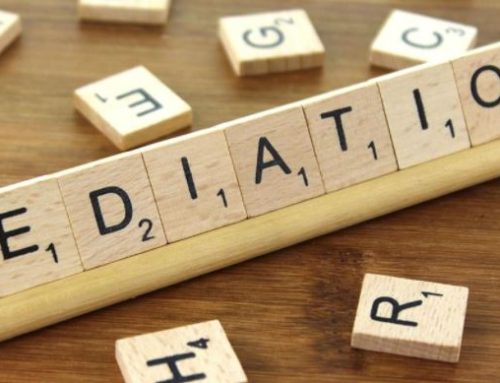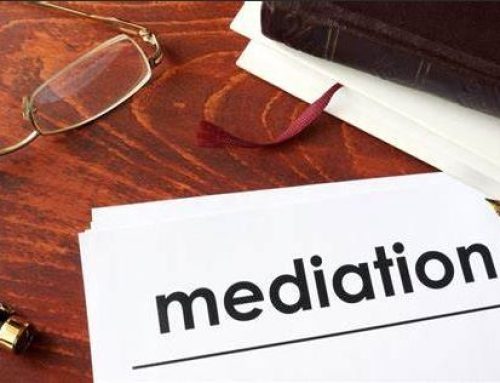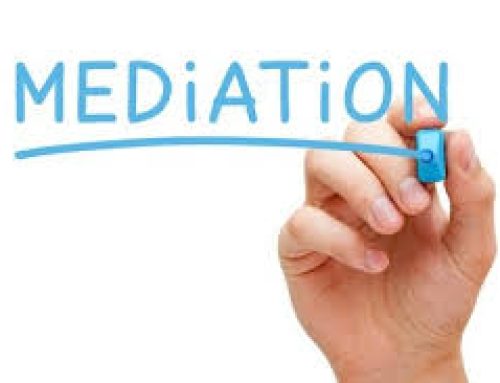So, it appears that the facts of your case support a certain cause of action, and you can establish proof of all of the required elements of that cause of action; but, have you looked at your case from the perspective of the burden of proof?
The burden of proof is an element which is often overlooked early in the litigation process, especially when the focus is on fact-finding and discovery. However, it is critical to know the burden of proof required to prosecute/defend your case from the very beginning because counsel may be advising a client regarding the client’s chances for success in the case—and the chances for success may vary greatly, depending upon the burden of proof. Sometimes, clients have unrealistic expectations because there has been a lack of focus, early in the litigation process, on the burden of proof.
For example, if a particular type of claim requires “clear and convincing” evidence, this will require the plaintiff to prove that a particular fact is substantially more likely than not to be true (this is similar, but not quite to the level of “beyond a reasonable doubt,” the burden in criminal cases). So, if your claim requires “clear and convincing evidence” in order to prevail, how strong is your case?
In other cases, the burden is a “preponderance of the evidence.” This standard requires the judge or jury to find in favor of the Plaintiff if the Plaintiff is able to show that a particular fact or event was more likely than not to have occurred. This standard has been described as requiring a finding that at least 51 percent of the evidence favors the Plaintiff.
Counsel should know what the burden is early in the process, but it can be especially important at mediation. A good mediator will often ask the parties what their burden of proof is to help get cases settled thus avoiding the expense and stress associated with taking a case to trial.
Rod B Neuman Esq. is a Florida Supreme Court Certified Circuit Court Mediator and is available to handle the mediation of your civil dispute.







Stay In Touch